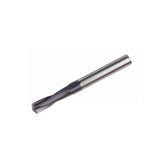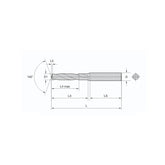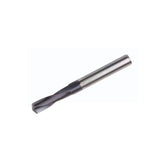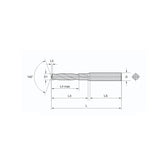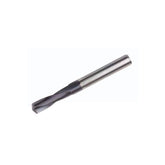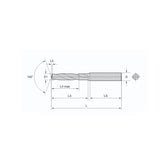What Is "Built-Up Edge"
Understanding the "Built-up Edge"
Understanding the inevitability of tool wear in CNC machining is critical. Despite preventive measures or optimizations, tools inevitably degrade due to inherent metal-on-metal friction.

Universal Nature of Tool Wear
All cutting tools worldwide – regardless of brand quality or specialization – experience wear. This is not a manufacturing defect, but a natural outcome of cutting operations. Wear progression depends on multiple factors:
- Tool and insert selection
- Workpiece material properties
- Machine tool performance
- Coolant application
- Parameter optimization
No current insert technology achieves indefinite durability.

Built-up Edge (BUE)
Formation Mechanism
BUE develops when workpiece material pressure-welds to the cutting edge under conditions of:
- Chemical affinity between materials
- High contact pressure
- Insufficient temperature for clean shearing
Identification & Effects
Visual characteristics include:
- Glossy material deposits on cutting edge or flank face
- Cratering on the rake face
- Eventual edge chipping
Critical consequence: BUE detachment often removes tool material fragments, accelerating flank wear and edge failure.
High-Risk Materials & Conditions
- Gummy materials:
- Non-ferrous metals
- Superalloys
- Stainless steels
- Low-speed machining regimes
- Insufficient feed rates

BUE Mitigation Strategies
Process Adjustments
- Increase cutting speed
- Raise feed rate
Tool Selection Guidelines
- Sharper cutting geometries
- Polished rake face surfaces
Coolant Management
- Use higher-concentration coolant
- Optimize delivery pressure/position
Tags:
